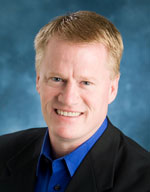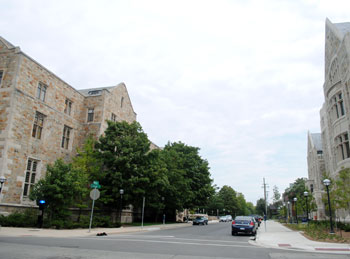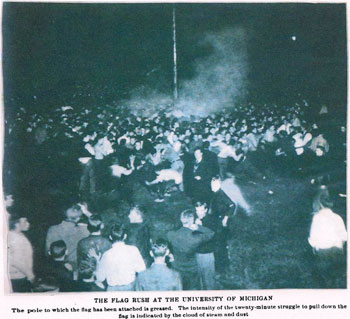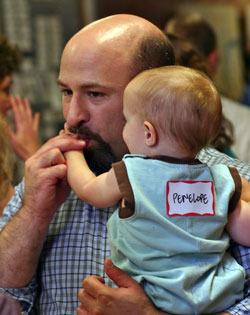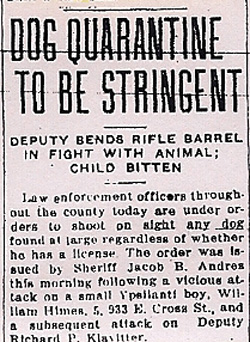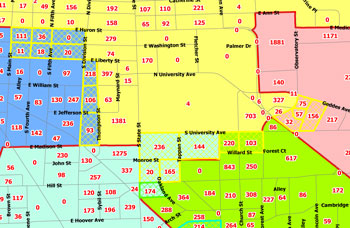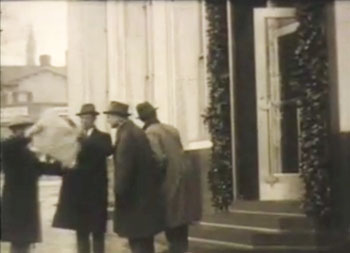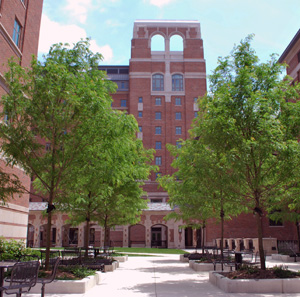Superman, Spiderman, Feynman, Councilman
[Editor's note: HD, a.k.a. Dave Askins, editor of The Ann Arbor Chronicle, is also publisher of an online series of interviews on a teeter totter. Introductions to new Teeter Talks, like this one, also appear on The Chronicle's website.]

Jim Ottaviani – University of Michigan librarian and graphic novel author. His latest book is "Feynman," a biography of physicist Richard Feynman.
For a graphic novel with a title like “Feynman,” my smart-aleck reflex is to pronounce the word silently to myself with deliberately wayward stress – so the final vowel gets its full flavor, instead of an unstressed schwa.
That way, it patterns with Superman, Spiderman, Aquaman, Ironman, Batman and other comic book heros. And that allows me to wonder what special powers this Feynman might have, how he got those powers, what his home planet was …
Of course, the Feynman in Jim Ottaviani’s recently published graphic novel is actually not a comic book hero. It’s Richard Feynman, who was awarded the Nobel Prize in 1965 for his work on quantum physics. (So Feynman’s home planet was Earth, you see.)
Ottaviani explained during his teeter totter ride a couple of weeks ago that he’d not intended the title of his most recent graphic novel to be a word play. It was the publisher who had chosen the title, when Ottaviani had “punted” on that task.
Soon after talking with me on the totter, Ottaviani left town for a book tour. He’ll be back in Ann Arbor in a couple of weeks when he gives a talk on “Feynman” in the University of Michigan’s Hatcher Library Gallery, on Oct. 13, 2011 at 5:30 p.m.
To prepare for his talk, you can buy “Feynman” at Nicola’s Books.
To me, the most interesting part of my conversation with Ottaviani involved the graphic novel as a mechanism for telling a story – in the case of “Feynman,” it’s a physicist’s biography. There’s nothing particularly novel about that – Ottaviani has covered scientific subject matter before in comic book form. His previous work includes a number of books that contain episodes from the lives of Feynman, J. Robert Oppenheimer and Marie Curie, among others.
But that led me to contemplate a different idea. What if one of the staples of Chronicle coverage, a government meeting report, were presented in the form of a graphic novel?
Ottaviani’s reaction to the idea: “Do that, please, is all I can say.” At least the title of that comic book (with apologies to Sabra Briere, Margie Teall, Sandi Smith and Marcia Higgins) would be straightforward: “Councilman.”
Though I can’t draw, I did take a shot at creating two panels of “Councilman.” [Full Story]




